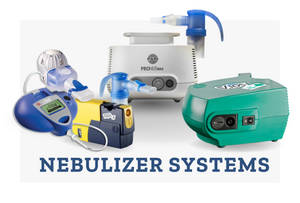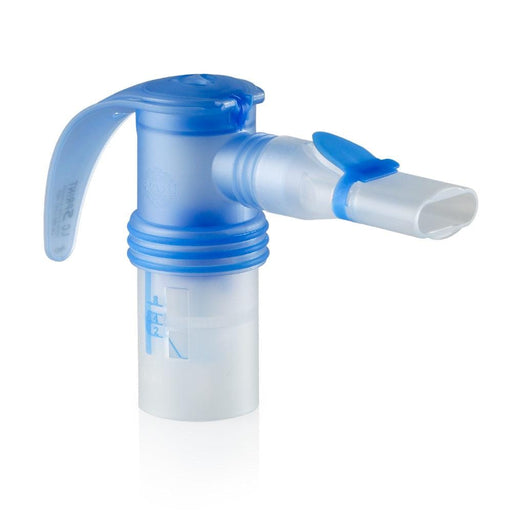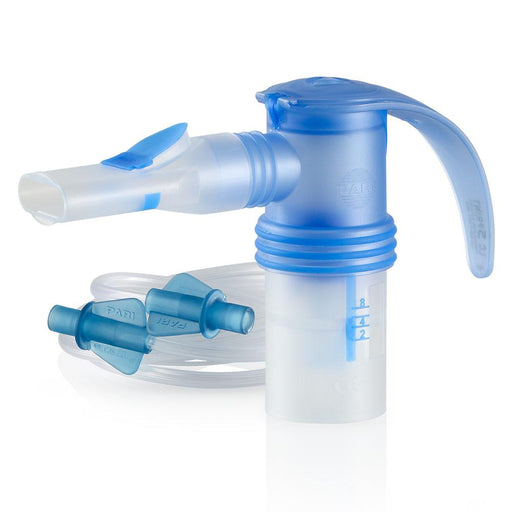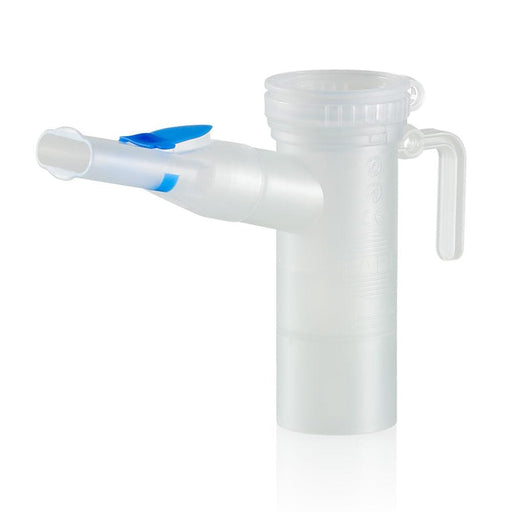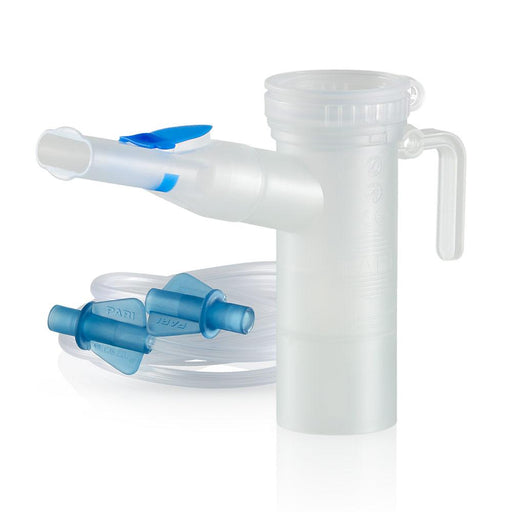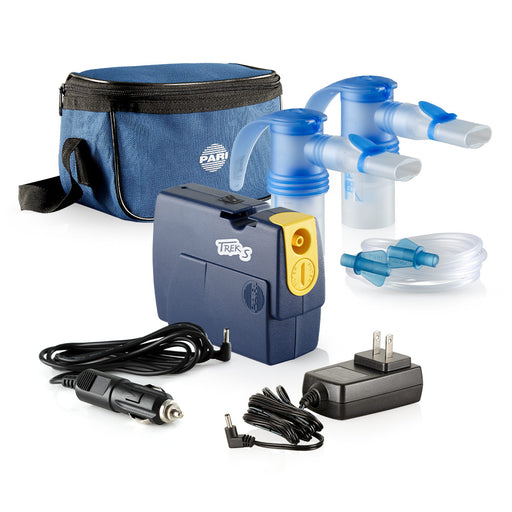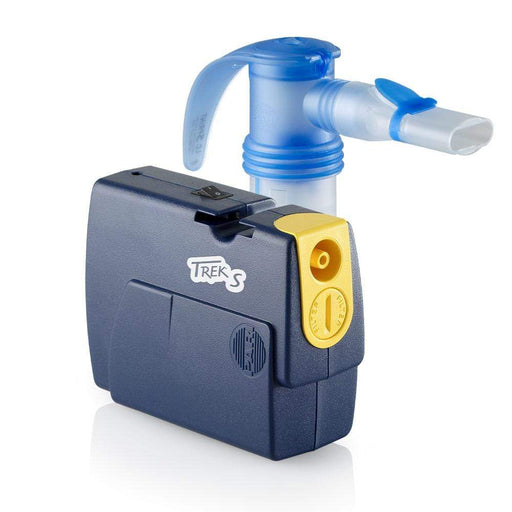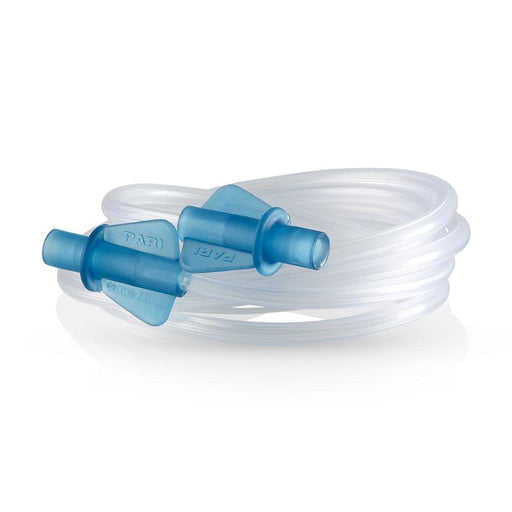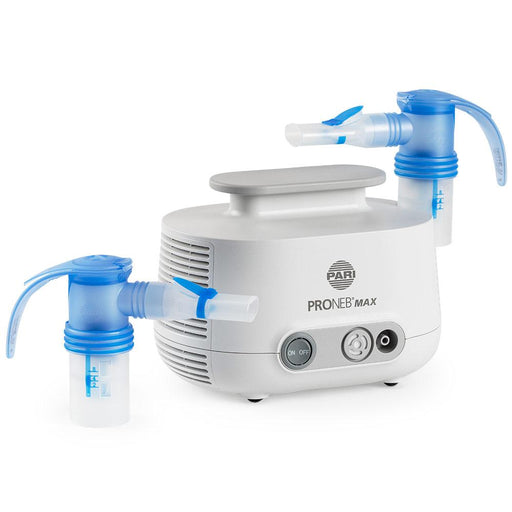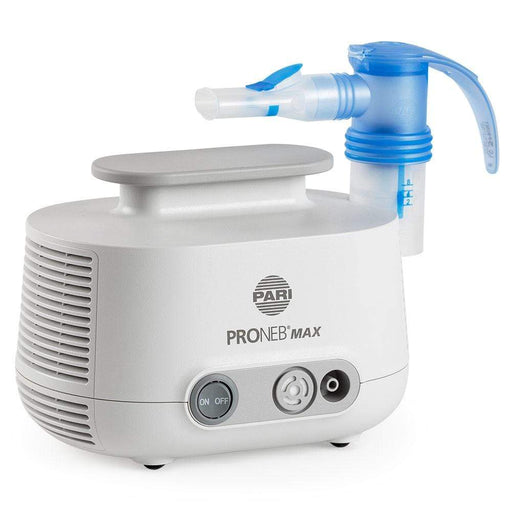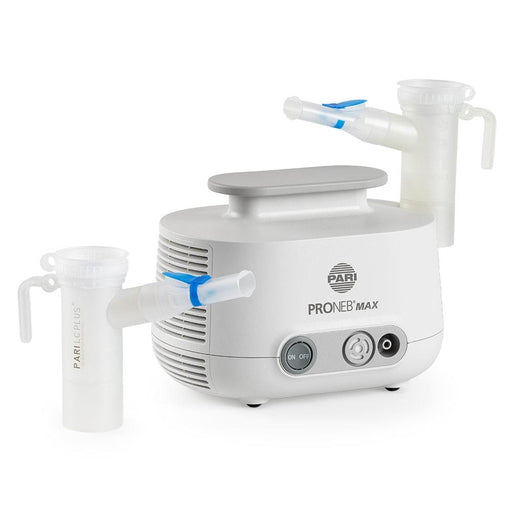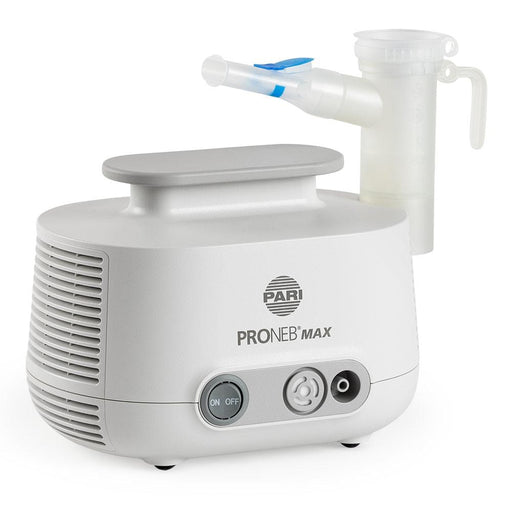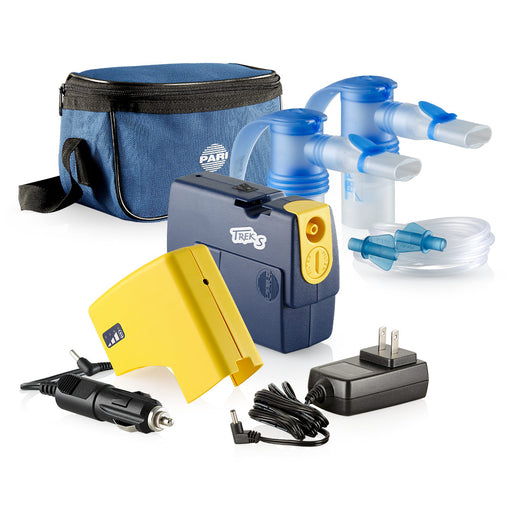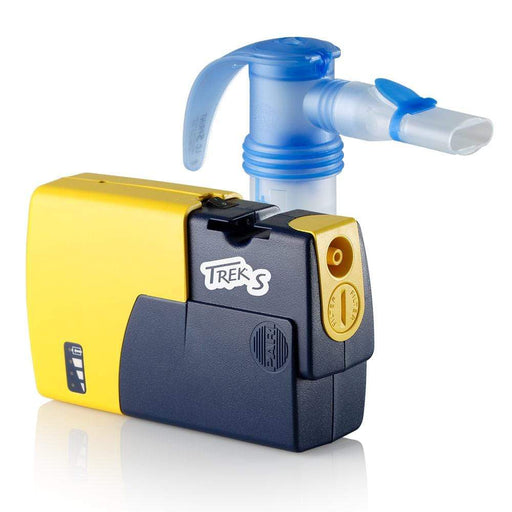
What is Thunderstorm Asthma?
Did you know that stormy weather can trigger an asthma attack? It’s true! Thunderstorms can even trigger widespread asthma attacks, sending many people to the hospital.
Under the right environmental conditions, the weather can cause “thunderstorm asthma,” an asthma attack that starts or worsens during a thunderstorm. Many people define thunderstorm asthma as a phenomenon in which large numbers of people in one geographic location experience asthma symptoms during a storm.
The phenomenon of thunderstorm asthma has been documented in over 20 reported instances since first being identified in the 1980s. This condition, which can cause significant respiratory issues during thunderstorms, has affected individuals across the globe, from Australia to Italy, throughout the Middle East and Asia, extending to the United Kingdom and North America. The severity of each outbreak fluctuates, impacting varying numbers of people.
Australia appears to experience the highest frequency of these outbreaks. One remarkable incident occurred in 2016 when a single storm over 12 hours instigated a health crisis. In this single event, 10,000 individuals were driven to seek immediate medical attention, tragically resulting in 10 fatalities.
Can They Predict Thunderstorm Asthma?
The infrequency of thunderstorm asthma outbreaks makes them difficult to predict. These events typically coincide with the spring and early summer seasons when pollen and other allergens are abundantly present in the air.
Individuals diagnosed with asthma are inherently at risk for thunderstorm asthma, yet the susceptibility extends beyond this group. Those with seasonal allergies, undiagnosed asthma, or a specific allergy to grass pollen may also be at risk. Despite ongoing scientific research, the ability to predict these thunderstorm asthma events remains challenging and hard to do. Consequently, it's crucial for individuals with seasonal allergies and asthma to be proactive and prepared whenever a thunderstorm is predicted in their area.
Why Do Thunderstorms Cause Asthma Symptoms?
Thunderstorm asthma can manifest in symptoms such as coughing, wheezing, and breathlessness. In addition, those with seasonal allergies may experience symptoms like a runny nose, sneezing, and itchy eyes.
For many, rainy weather can relieve the common symptoms of asthma and seasonal allergies by reducing pollen levels. However, under certain unique conditions during thunderstorms, symptoms can actually be exacerbated. This occurs through a specific sequence of events: Cold downdrafts during a thunderstorm can gather and concentrate allergens like mold and pollen present in the air. These allergens are then carried upward into the clouds by wind currents. Within the storm clouds, factors like wind, humidity, and lightning interact to fragment these allergens into smaller, more inhalable particles. These tiny particles are then further dispersed and concentrated by the gusty winds associated with thunderstorms, increasing the potential for inhalation with every breath. This intricate process intensifies exposure to allergens, potentially worsening asthma and allergy symptoms.
Am I at Risk for Experiencing Thunderstorm Asthma?
While widespread outbreaks of thunderstorm asthma are considered rare, individuals can experience an asthma attack during storms. In a 2021 study published in the Journal of Allergy and Clinical Immunology, 144 of 228 research participants with seasonal allergies said they experienced asthma symptoms during thunderstorms. Many said that their attacks were severe enough to seek medical attention. Nearly half of everyone with an asthma attack went to the emergency department.
Certain factors can increase your risk for thunderstorm asthma if you have seasonal allergies. These risk factors include:
- Poorly-controlled asthma symptoms, as assessed by the Asthma Control Questionnaire or other standard asthma questionnaires
- A low score on a rapid exhalation test, which is a common breathing test for asthma that measures how quickly you can exhale
- Elevated levels of a specific antibody, known as the ryegrass pollen-specific IgE, which is common in people who are allergic to grass
- Higher numbers of eosinophils, which are blood cells that tend to increase when someone has an allergic condition
- Higher levels of exhaled nitric oxide, which is an indication of lung inflammation among people with asthma
Not everyone with these risk factors will experience thunderstorm asthma, and asthma attacks won’t necessarily occur during thunderstorms in people with these risk factors. However, knowing which of these applies to you may help you avoid having an asthma attack during a thunderstorm, especially if you live in an area where thunderstorms are common.
Prepare for Thunderstorm Asthma: Explore the PARI Nebulizer
For many people, preparing for thunderstorm asthma includes ensuring your nebulizer is in good working order – even if the power goes out. A travel nebulizer, such as the PARI Trek S Portable Nebulizer System with LC Sprint, can help deliver the breathing treatment you need to overcome thunderstorm asthma. Make sure you have enough nebulizer accessories, such as tubing and filters, on hand. Nebology nebulizers, such as the PARI nebulizer, can help you breathe better during a thunderstorm.
While thunderstorm asthma is more of a curiosity than a serious public health threat, it can affect large populations and overwhelm emergency departments. Don’t let thunderstorm asthma leave you breathless – contact Nebology to make sure you have the nebulizers and nebulizer accessories you need. Shop our clinically-proven systems and accessories to make better breathing yours!
SHOP CLINICALLY PROVEN SYSTEMS & SUPPLIES
-
PARI LC Adult Aerosol Mask with Pro-Vent Technology
Original price $5.00 - Original price $5.00Original price$5.00$5.00 - $5.00Current price $5.00In stockOriginal price $5.00 - Original price $5.00Original price$5.00$5.00 - $5.00Current price $5.00 -
PARI LC Sprint Reusable Nebulizer Cup & Tubing
Original price $14.95 - Original price $14.95Original price$14.95$14.95 - $14.95Current price $14.95In stockOriginal price $14.95 - Original price $14.95Original price$14.95$14.95 - $14.95Current price $14.95 -
PARI LC Plus Reusable Nebulizer Cup & Tubing
Original price $14.95 - Original price $14.95Original price$14.95$14.95 - $14.95Current price $14.95In stockOriginal price $14.95 - Original price $14.95Original price$14.95$14.95 - $14.95Current price $14.95 -
PARI Trek S Portable Nebulizer System with LC Sprint
Original price $79.00 - Original price $185.00Original price$79.00 - $185.00$79.00 - $185.00Current price $79.00In stockOriginal price $79.00 - Original price $185.00Original price$79.00 - $185.00$79.00 - $185.00Current price $79.00 -
Filters for PARI Vios, Ultra II, and Trek S System - 2 Per Package
Original price $8.45 - Original price $8.45Original price$8.45$8.45 - $8.45Current price $8.45In stockOriginal price $8.45 - Original price $8.45Original price$8.45$8.45 - $8.45Current price $8.45 -
PARI Wing Tip Tubing
Original price $7.00 - Original price $7.00Original price$7.00$7.00 - $7.00Current price $7.00In stockOriginal price $7.00 - Original price $7.00Original price$7.00$7.00 - $7.00Current price $7.00 -
PARI PRONEB Max Nebulizer System with LC Sprint
Original price $99.00Original price $99.00 - Original price $99.00Original price $99.00Current price $81.99$81.99 - $81.99Current price $81.99In stockOriginal price $99.00Original price $99.00 - Original price $99.00Original price $99.00Current price $81.99$81.99 - $81.99Current price $81.99Sale -
PARI PRONEB Max Nebulizer System with LC Plus
Original price $99.00Original price $99.00 - Original price $99.00Original price $99.00Current price $81.99$81.99 - $81.99Current price $81.99In stockOriginal price $99.00Original price $99.00 - Original price $99.00Original price $99.00Current price $81.99$81.99 - $81.99Current price $81.99Sale -
Filters for PARI PRONEB Max System - 2 Per Package
Original price $9.00 - Original price $9.00Original price$9.00$9.00 - $9.00Current price $9.00In stockOriginal price $9.00 - Original price $9.00Original price$9.00$9.00 - $9.00Current price $9.00 -
PARI Trek S Portable Nebulizer System with LC Sprint & Battery Pack
Original price $185.00 - Original price $185.00Original price$185.00$185.00 - $185.00Current price $185.00In stockOriginal price $185.00 - Original price $185.00Original price$185.00$185.00 - $185.00Current price $185.00

